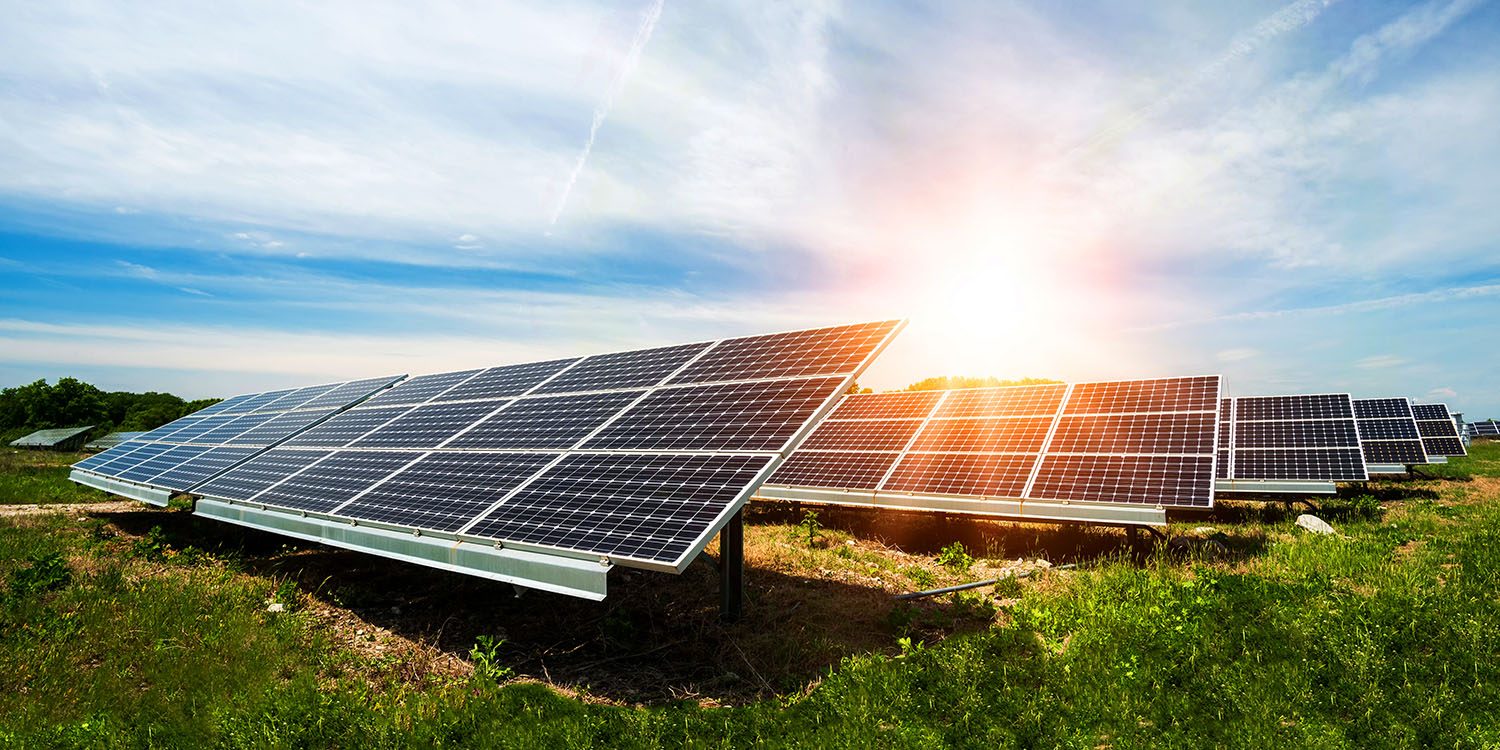
While investing in solar power can sound like an incredible ordeal, you may still be wondering how does it work?
A solar system makes use of the abundantly plentiful renewable energy we have available in Australia, that is solar radiation. Paying you dividends in both reducing your environmental impact as well as the costs you save on energy. As a part of making any purchase or installation, it is helpful to understand how a solar energy system works.
PV Cells / Photovoltaic Cells
Photovoltaic is the scientific term for the conversion of light into energy. PV or solar systems are created for this purpose, and the rise of solar panel installations has allowed many Australians to enjoy more independent power. The main component of a solar system is a solar panel, and each solar panel is made up of multiple connected PV silicon cells.
Silicon is a vital component of every solar panel. Silicon is a semi-conductor, which means it party conducts electrical currents. However, it’s crystalline form also lends it well to solar panels as it is material that is flexible, strong and lightweight.
When photons or particles of light strike silicon, electrons from its atoms are knocked loose and are released. Within the planned structure of a solar panel, these electrons are directed into a current to create a flow of DC electricity that can be used for household electricity.
But How Does It All Work?
Solar Panels – During daylight hours, solar panels catch sunlight and converts it into DC (direct current electricity).
Inverter – The inverter converts this DC electricity further into an AC power which can be used across other electrical uses in your house.
Appliances – The electricity then goes to your switchboard for you to use whenever needed. This power can be used for your house appliances, such as your dishwasher, fridge, etc, instead of using electricity from the grid.
On-Grid or Off-Grid – Any excess electricity that this system creates is then transported to the grid or is sent back to charge a solar battery. Energy providers will also pay feed in tariffs for any power sent back to the grid. Which also further helps you reduce your energy bill.
Utility Meter – A bi-directional meter is a required component of every solar system installation. Your electricity provider will install one for you in your house. This records the electricity your residential solar system generates and is drawn into your home, along with what electricity gets sent off to the grid.
This function is called net-metering and it assists in drawing the solar power generated on your property into your home, instead of immediately to the grid. When you use up all your solar generated electricity, your household will be able to draw on power from the grid. Furthermore, any solar power left over from your own use will go onto the grid and provide you a feed-in tariff for the electricity generated.
When Solar Panels Are in The Shade
Solar panels systems continue to work in the shade, cloudy weather or in long overcast shadows. However, they will perform at a fraction of what can be generated during a clear sunny day. North facing rooftops are generally the best place to install a solar panel. However, your individual circumstances or building’s structure might require a different solution.
For this reason, it is vitally important to request a free assessment along with your consultation with an adept solar installer. As they will be able to assist you with understanding the ideal placement of a new solar panel on your roof.
Free Solar Assessment
Our experts at Solar System Australia provide free solar assessments to help address all your queries that you have about solar systems with information that is more personalised to you.
We’ll set up your free solar assessment and gladly assist you with any questions that you have.
You can contact us on 1800 975 270, [email protected] or fill out our online form: http://www.solarsystemaustralia.com.au/contact/
